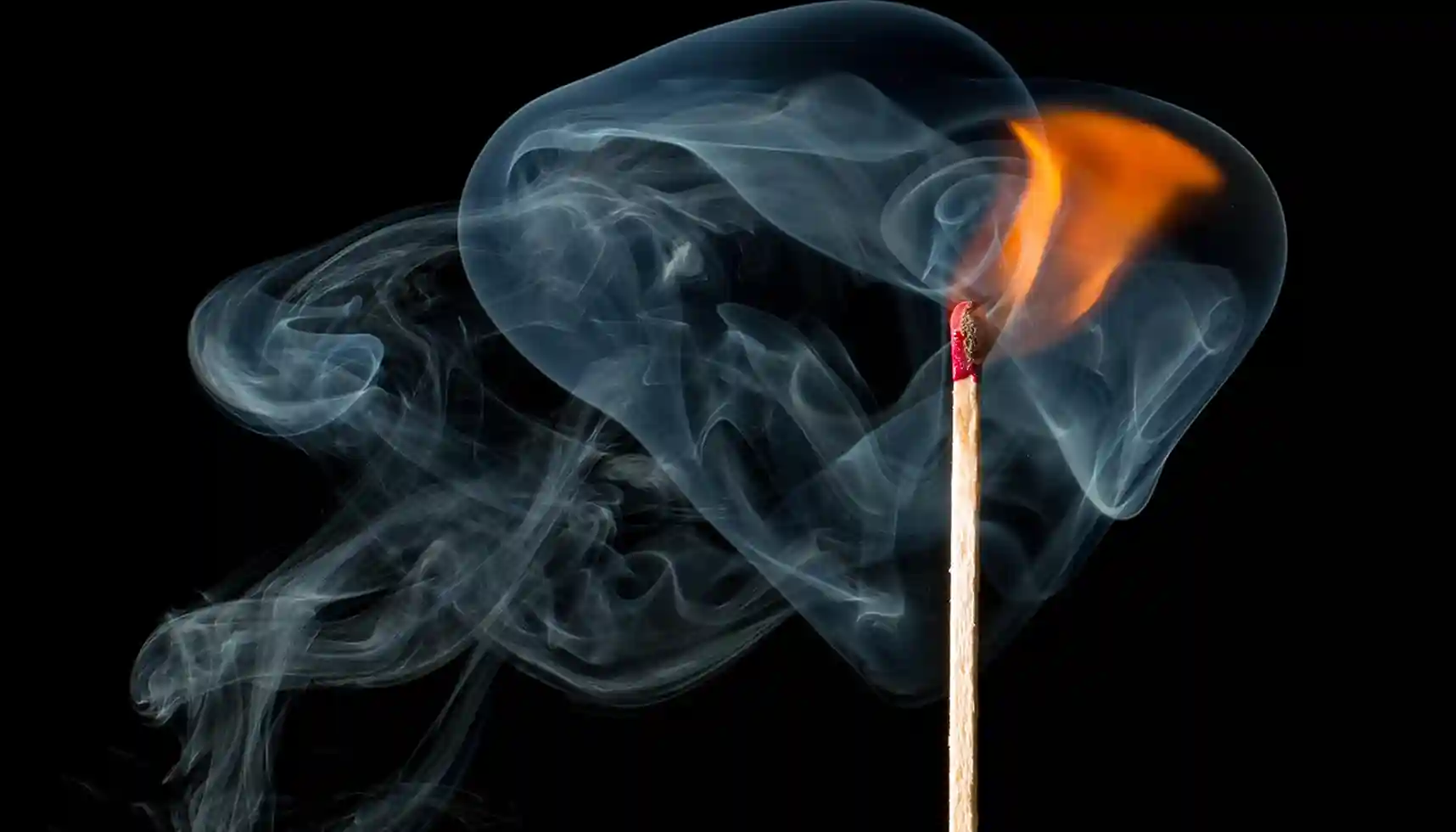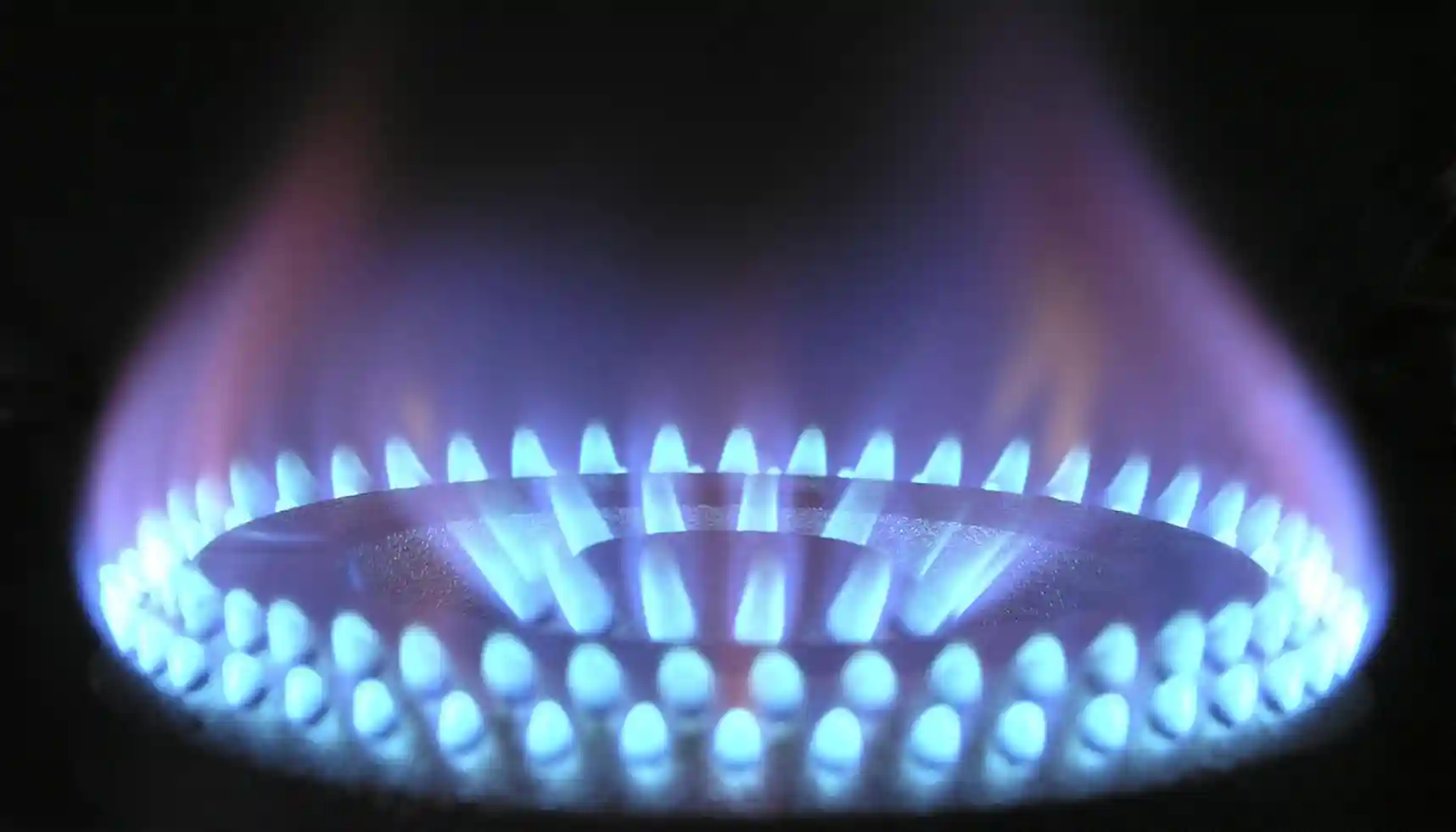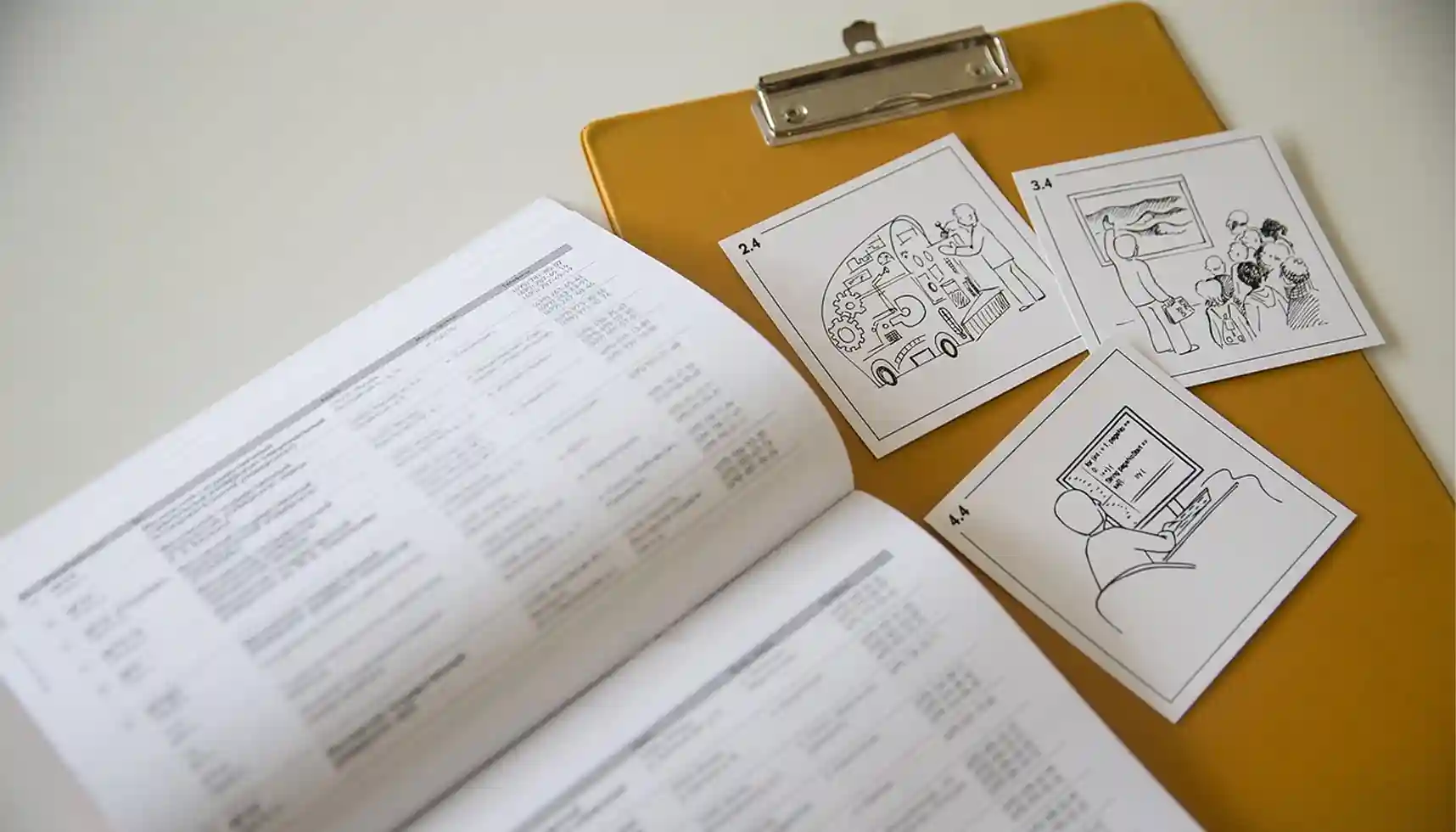Contents:
Most of us are careful enough not to leave the oven turned on or to keep candles far away from curtains. But the thing we are talking about today is much more than rational awareness. Find out about a rare phobia of fire, its causes and scientific approaches to healing it with brain training. And if you or your loved ones might suffer from it, you’ll know what to do.

What Is Pyrophobia?
Pyrophobia is classified as a specific phobia, a type of anxiety disorder characterized by an exaggerated and irrational fear of a particular object or situation—in this case, fire (but it can relate to any other object, for example, water). While mild apprehension around flames serves a survival function, pyrophobia turns this natural reaction into paralyzing fear.
Psychological Mechanism:
Pyrophobia involves the activation of the brain’s fear circuitry (particularly the amygdala) when exposed to fire-related stimuli, even when no real danger exists. The resulting reaction can trigger general obsession with fire, panic attacks, nausea, and compulsive avoidance behaviors.
Difference Between Caution and Fear of Fire Phobia:
Healthy fear: Avoiding large fires or taking safety measures during fire hazards.
Pyrophobia: Experiencing terror at the sight of a matchstick or even thinking about fire.
People with pyrophobia may obsess over potential fire risks, check smoke alarms repeatedly, or avoid any environment where fire might appear. Over time, this avoidance can limit social and occupational participation, deepening the cycle of fear. Compared to more widespread phobias, mechanisms are the same for hypochondria, the fear of illnesses,
Causes and Risk Factors
The development of fear of fire phobia can stem from a complex mix of psychological, environmental, and biological factors. Each person’s experience may differ, but the following are commonly observed contributors:
1. Traumatic Experiences
Witnessing or surviving a fire—such as a house fire, accident, or explosion—can leave lasting psychological scars. The brain of a fire victim associates it with danger, creating persistent fear long after the event.
2. Observational Learning
Children who see others panicking around fire (parents, peers, or teachers) may internalize this fear as their own. Even secondhand experiences—like seeing fires on television or hearing frightening stories—can shape these associations.
3. Genetic and Biological Factors
Research indicates that anxiety disorders, including specific phobias, often have a hereditary component. Individuals with close relatives who struggle with phobias or generalized anxiety may have higher susceptibility to pyrophobia.
4. Media and Cultural Conditioning
Exposure to intense images of fires in movies, disaster news, or environmental crises can trigger fear responses that become deeply ingrained, particularly in individuals predisposed to anxiety.
5. Underlying Psychological Vulnerabilities
People who already experience panic disorder, generalized anxiety, or post-traumatic stress disorder (PTSD) may be more likely to develop pyrophobia due to heightened emotional sensitivity and fear conditioning.

Symptoms and Diagnosis
Pyrophobia manifests through both physical and psychological symptoms, often intensifying during direct or imagined encounters with fire.
Common Symptoms Include:
Sudden feelings of intense dread or panic when near fire or even images of it.
Physical reactions: rapid heartbeat, trembling, sweating, dizziness, nausea, and shortness of breath.
Cognitive symptoms: intrusive thoughts about fire, catastrophizing potential dangers, and obsessive mental replay of fire-related scenarios.
Behavioral patterns: avoidance of kitchens, candles, fireplaces, and outdoor events involving heat or flames.
Emotional impact: shame or frustration about the inability to control these fears, which can lead to social withdrawal or depression.
Obsessive Behaviors:
Some individuals develop compulsive habits, such as constantly checking stoves, electrical outlets, or fire alarms to ensure safety. While these behaviors temporarily reduce anxiety, they reinforce the phobia by confirming the belief that fire is an omnipresent threat.
Diagnosis
Mental health professionals diagnose pyrophobia through:
Clinical Interviews — to explore personal history and triggers.
Behavioral Observations — noting avoidance and physical responses.
Standardized Questionnaires — such as the Fear Survey Schedule or Phobia Inventory, which measure intensity and frequency of fear.
Proper diagnosis distinguishes pyrophobia from general anxiety or trauma-related disorders, ensuring that treatment targets the specific fear response rather than broader anxiety symptoms.
Coping Strategies and Treatment
Although pyrophobia can feel overwhelming, it is highly manageable with the right tools and therapeutic support. Modern treatment focuses on gradual desensitization, emotional regulation, and rebuilding a sense of safety.
Self-Help Techniques
Education: Understanding what is the fear of fire in its core (a learned phobia, actually) helps detach emotion from misconception.
Relaxation Training: Breathing exercises, guided imagery, or progressive muscle relaxation lower physiological arousal.
Mindfulness Practices: Observing fear-related sensations without judgment reduces avoidance and improves resilience.
Routine Exposure: Viewing safe images of fire or discussing fire safety in calm settings can begin gentle reconditioning.

Professional Treatment Options
Treatment Type | Description | Effectiveness |
CBT | Identifies distorted thought patterns around fire and replaces them with realistic beliefs. | High, especially when paired with exposure therapy. |
Exposure Therapy | Gradual, controlled exposure to fire-related cues—first images, then videos, then safe environments—to retrain fear response. | Proven effective for specific phobias. |
Psychotherapy | Explores underlying trauma or emotional memories contributing to the fear. | Useful for individuals with past fire-related experiences. |
Medication (if needed) | Short-term anxiolytics or SSRIs may help manage severe anxiety symptoms during therapy. | Supportive, not standalone treatment. |
When to Seek Professional Help?
If pyrophobia consistently limits activities, triggers panic, or affects relationships, contacting a licensed psychologist or counselor is essential. Early intervention improves recovery speed and long-term outcomes.
Relaxation with Mind Elevate
Digital tools can support recovery by fostering calm, focus, and cognitive control. The Mind Elevate app offers over 35 brain-training games that help strengthen concentration, memory, and emotional balance. Regular use of these short exercises can:
Reduce generalized anxiety through daily cognitive engagement.
Train attention away from fear cues.
Support the therapeutic process by reinforcing calm focus between sessions.
Living With Pyrophobia
Recovery from pyrophobia doesn’t mean completely erasing fear—it means learning to manage it with confidence and perspective. Progress is gradual but lasting when approached with compassion and consistency.

For Individuals:
Practice small victories—start by tolerating brief exposure to safe images of fire, then progress to real-life contexts like a lit candle in a controlled environment.
Maintain relaxation routines daily, especially during high-stress moments.
Keep a journal to track triggers, emotional patterns, and achievements.
Use calming digital tools like Mind Elevate to train focus and mindfulness between therapy sessions.
For Family and Friends:
Support plays a vital role in long-term management. Loved ones can:
Offer understanding instead of judgment.
Avoid forcing exposure before readiness.
Encourage treatment consistency and celebrate progress.
Help establish a safe environment for practicing coping techniques.
A caring, informed circle strengthens motivation and reduces feelings of shame or isolation. Over time, these support systems empower individuals to face their fears at a sustainable pace.
FAQ
What is the fear of fire called?
The fear of fire is named pyrophobia. It is used for cases when normal caution and awareness are replaced by panic, anxiety, and repetitive thoughts about the danger of fire.
How rare is pyrophobia?
Pyrophobia is relatively rare compared to other specific phobias. Most people feel a natural caution around fire, but true pyrophobia—marked by panic or avoidance—affects only a small portion of the population.
What causes fear of fire?
It often develops after a traumatic experience, such as witnessing or surviving a fire. Other causes include learned fear during childhood, media exposure, or a genetic tendency toward anxiety.
How do you treat pyrophobia?
Treatment includes CBT, exposure therapy, and relaxation training to retrain fear responses. Supportive tools like Mind Elevate can aid focus and calm between therapy sessions.





